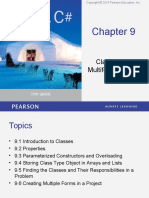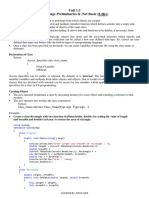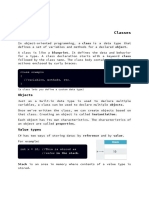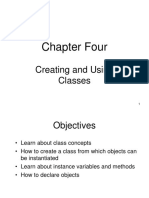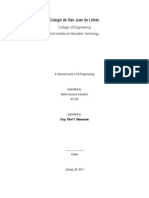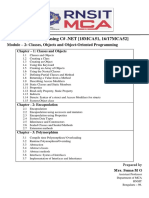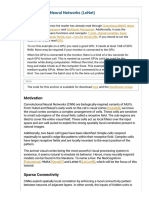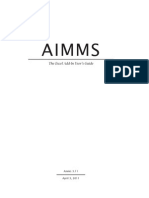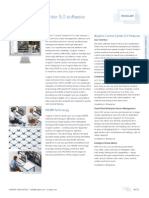0% found this document useful (0 votes)
49 views8 pagesC# .Net OOP How To Code
The document discusses object-oriented programming concepts in C# including classes, constructors, properties, static members, inheritance, and polymorphism. It provides code examples to demonstrate how to define classes with fields, methods, and constructors in C#.
Uploaded by
yozawiratamaCopyright
© © All Rights Reserved
We take content rights seriously. If you suspect this is your content, claim it here.
Available Formats
Download as PDF, TXT or read online on Scribd
0% found this document useful (0 votes)
49 views8 pagesC# .Net OOP How To Code
The document discusses object-oriented programming concepts in C# including classes, constructors, properties, static members, inheritance, and polymorphism. It provides code examples to demonstrate how to define classes with fields, methods, and constructors in C#.
Uploaded by
yozawiratamaCopyright
© © All Rights Reserved
We take content rights seriously. If you suspect this is your content, claim it here.
Available Formats
Download as PDF, TXT or read online on Scribd
/ 8






























